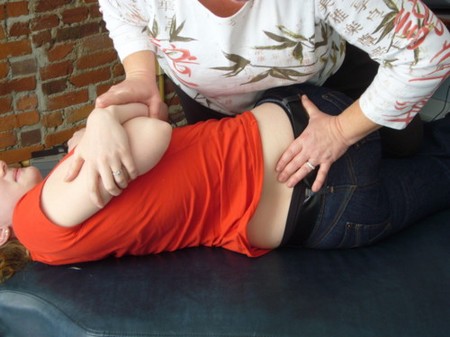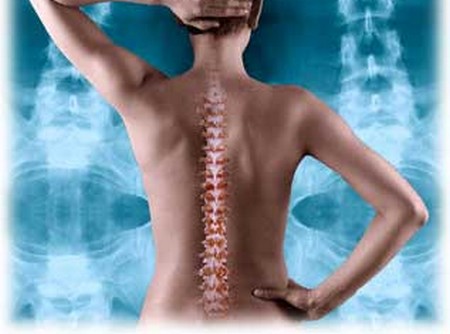From its development around one hundred years ago, chiropractic has grown into a modern-day treatment that is now only third to conventional medicine and dentistry. Chiropractic uses hand manipulation to work on the body’s muscles, joints and particularly the spine. The term comes from the Greek, ‘cheiro’ meaning hand, and ‘praktikos’ meaning practical action. Although the art of manipulating the muscles and joints has been around for many centuries, it was Dr David Palmer who, in 1895, established chiropractic as we know it today. He believed that if vertebrae of the spine were not moving correctly then this could not only affect the immediate muscles and nerves causing local pain but also cause nerve interference creating pain in other parts of the body, such as the arm and leg, for example, sciatica. Also less obviously related problems, such as bedwetting, sore throats, colic and constipation could be caused in this way. You can learn more via Palmercare Chiropractic Columbia and see how an Assisted Stretch Therapist can help you with any of your needs.

Dr Palmer’s first patient was the office janitor who had gone deaf after he had bent down and heard a click in his back, many years before. He allowed Dr Palmer to examine him, who found a stiff bone in his neck and manipulated it. The janitor’s hearing was restored. Although a rather extreme example of how chiropractic can work, it is now a popular form of treatment for musculo-skeletal problems. There have been many studies into its efficacy and many doctors are happy to refer patients on if they feel chiropractic may be able to help the patient.
Chiropractic works very successfully on children – their spines are more flexible, so they tend to respond to treatment far quicker than adults. A difficult birth, breech baby, long and arduous labour or use of forceps can all affect the delicate spine in a newborn, leading to colic, crying and sleeplessness. And although these may disappear, problems may develop later in life. As children learn to walk, tumbles and falls may all cause the spine damage and as they grow older, badly designed chairs and desks at school can aggravate any problems. The problems may not be obvious, but there may be signs such as persistent ear ache, interrupted sleep or stiffness in the neck, indicating that vertebrae in the spine are not functioning well.
How the therapy works
Many people confuse chiropractic with osteopathy. Although they both manipulate joints, chiropractors tend to use X-rays more in diagnosis and may also arrange for blood and urine tests. Once diagnosis has been made, varying techniques will be used to try to treat the problem and correct any stiffjoints. For babies and young children, only light fingertip adjustments need be made. For older children, the chiropractor may use a combination of heavy or light thrusts in quick and shallow movements, depending on your child’s condition. The joints and muscles may also be massaged to relax the child.
What to expect from a first visit
To help make his or her diagnosis, a chiropractor will need to build up a detailed history of your child. Questions about your child’s birth, medical history, previous complaints, general lifestyle, how they play and sit will be asked. Their posture and way of walking will be analysed and a full examination of the spine performed, looking out for stiff and painful joints and muscle spasm, and checking for any nerve impairment. Rarely, an X-ray may also be taken and blood and urine samples may be needed to back up their diagnosis.

Actual treatment might not begin until the second visit. This will involve your child stripping down to their underwear and standing, sitting or lying. Then, depending on the condition, the chiropractor will mobilize or rotate the spinal joint within its normal range of movement. They will then make a rapid thrust to the vertebra, pushing it just beyond its normal range and a ‘click’ may be heard. This helps to relax the muscles that control the joint which have been in spasm. Normal mobility should then be returned. Although the quick movements may come as a surprise to the child, they shouldn’t hurt. But the area may feel a little sore for a while. Some exercises may be given to do at home.
Finding a therapist
Up until now there has been no Government regulation for chiropractic in the UK and standards have been set by reputable, but voluntary, organizations. But now a General Chiropractic Council is being set up which will govern standards in education, practice and code of conduct for all chiropractors. The GCC will open a register on which only fully qualified chiropractors can enter. Always ask the practitioner what experience they have of treating children as this is a specialist field and experience is advisable. Personal recommendation is also one of the best methods of finding a therapist.